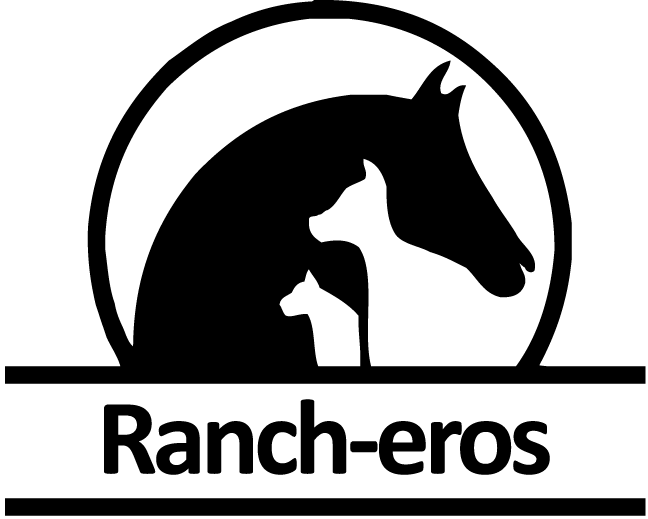Rancheros hosts school visits in order to provide children a unique experimental workshop.
Students of all ages, from infants to children on 3rd grade, can participate.
On top of allowing children explore the nature, away from the halls and desks, a visit to Rancheros has many more benefits:
- It’s an opportunity for a very substantial acquaintance with horses and/or donkeys
- Children learn the principles of animal welfare and respect
- They come in close contact with horses and donkeys as they learn about the feelings created by such an experience
- They perform ground exercises with the horses (if the children are small the exercises are done with a small pony)
Note: Children’s activities do not include horse riding. The contact is performed next to the horse.
Daily programs
Number of participants 10-40
Available from Monday to Sunday
Children from 6 to 12 years old
Part A: The acquaintance
The story of the horse and the donkey: : Where did the horse and the donkey come from? When did they become domesticated? Which is their natural environment? what made them so special? What they like? What they despise? How they helped the human civilization to survive: agriculture, transport, war. These and many more questions will be answered through images and in an interactive, experimental manner at Rancheros’ school.
The society of horses and donkeys:
Outside the fenced area, we get to know Rancheros’ horses and donkeys, their stories and the different characters of each one, while watching the herd, we come into contact with their hierarchy, the «operation» of the team and the balance within it.
Physiology: What colors do horses and donkeys see? How do they breathe? How do they swallow? How many babies do they have? How long are they pregnant for and how long do they breastfeed? How are the legs of the horses and donkeys? How many fingers do they have? Why do donkeys have such big ears? What are they afraid of and what do they like?
Διατροφή: Η βόλτα συνεχίζεται με μια επίσκεψη στον αχυρώνα. Ανάμεσα στα στοιβαγμένα δεμάτια (μπάλες) τροφής, μαθαίνουμε ποιό είναι το άχυρο και ποιός ο σανός καθώς και τι πρέπει και τι δεν πρέπει να τρώει ο καινούριος μας φίλος. Είναι η στιγμή που θα ξαναθυμηθούμε ποιά είναι τα δημητριακά , τα φρούτα και ποιά από αυτά τρώμε και εμείς και σε ποιά μορφή.
Equipment: : The first part of the program is completed by learning about the equipment of our horses and donkeys. What is a halter and a stirrup? How does the saddle fit on them? Why Rancheros’ horses are without horseshoes?
We learn about the rules that must be followed when a horse or donkey works in order to avoid getting hurt.
Part B: Caring and contact
Then the moment everyone was waiting for, the contact with our horses and donkeys. We take two animals (a horse and a donkey) to the children’s field and once we learn how to approach the animals, we can then take care of them. Time for endless caresses and hugs along with proper brushing.
The moment is magical when you picture it, the children next to these huge animals, expressing their trust and feeling relaxed, while the horses and donkeys on the other hand r enjoy the company of their new little friends!
The visit to Rancheros ends with an introduction to our trained doggies. We put a collar on them and take them for a walk with the leash. We teach them about stray dogs, where they come from, what are their needs as a dog and as a pet, what they eat and why the dog is considered to be a man’s best friend.
Part C: The Game of the Lost Treasure
After learning all about Rancheros’ animals, the children will be handed a map of the Ranch with questions and riddles. Each clue leads them to the next one. “The one-eyed giant knows a secret,” “The dog with the two names knows what the treasure is …”. So where is the lost treasure hidden? The mysterious key that will lead us to the box of carrots to feed the animals?
Part D: Horses in art – painting and exhibition
From the paintings of Degas and Fasianos in the hagiographies in Orthodox churches to the lyrics of Nikiforos Vrettakos and the music of Grigoris Bithikotsis composing children’s songs. From cartoons to Hollywood movies and car brands to symbols of knights as well as football teams. The horse is a symbol of beauty, strength and greatness. In turn, we make our own songs and paintings. Markers, painting blocks, board games and other creations are hosted at the “Children’s Table”.
Part E: Picnic in the forest
We recommend that children bring their own meal from home, according to each child’s nutritional program. However, at Rancheros, kids will be offered fresh pastries, juices, fruit and water. After the meal, we learn how to recycle the packages in which our food was wrapped and how to put the peels and seeds of fruits in the compost bin.
Information
The program takes place all year round. During the workshop, children are photographed with animals and the photos are later sent in high resolution to the school.
Agia Anna Beach is 2.5 hours away from Athens.
Cost:: 2€ per child
Contact Person:
Deppie Kourelou: +306976687977, dkourellou@gmail.com

